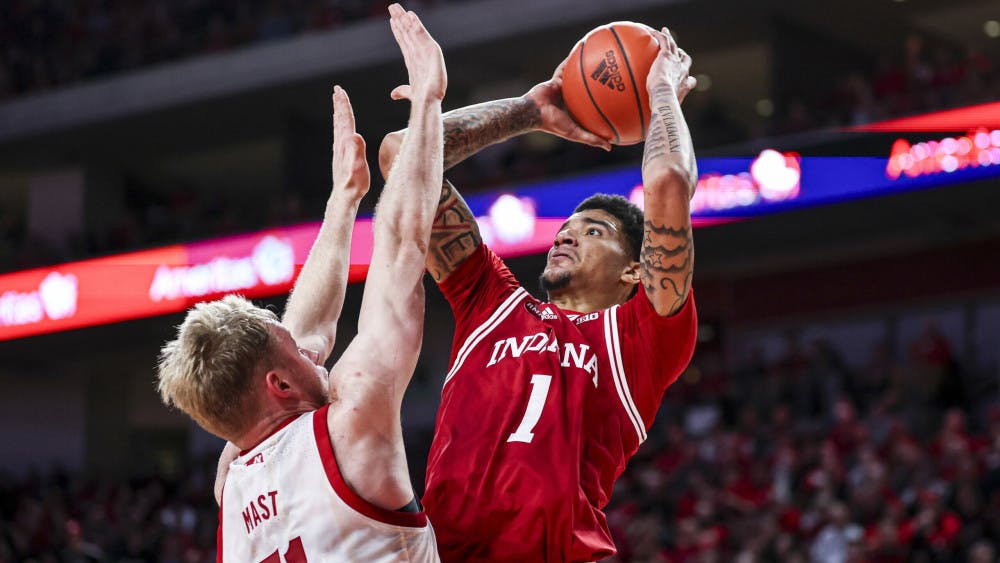OMAHA, NE—Indiana’s three straight wins at Pinnacle Bank Arena comes to an end with a disappointing and ugly 86-70 loss.
Despite the early lead the Hoosiers had, things went south quickly.
Nebraska was led by Keisei Tominaga who led Nebraska with 28 points, and went 4 for 10 from the three point line. Nebraska had 55 points from their starting perimeter players, compared to IU’s 16 points from their starting perimeter players. The lack of IU’s backcourt offense and an all around team performance from the Cornhuskers was the difference tonight.
"We gotta be better on the road and in managing the game... from a perimeter standpoint, we were awful,” head Coach Mike Woodson said post game.
Nebraska’s aggressive defense kept Indiana from getting any transition points, and caused the Hoosiers to have a season high of 19 sloppy turnovers.
Not to mention the 15 steals and 27 points scored off of IU’s turnovers.
The lack of three point defense and the costly turnovers is what did it for the Hoosiers tonight. Despite having Xavier Johnson back, he does not appear to be at full strength, but is finding his groove once again.
"We can't turn the ball over, that'll help. When you go out on the road you gotta play differently than you do at home. You gotta defend, you gotta rebound, and you can't turn it over. Our starting two guards were awful tonight."
Indiana just got beat last night, and it was a painful game to start off the month of January. The Hoosiers can only look to be better than they were, and they'll get that chance to turn things around when they return home on Saturday to take on the Ohio State Buckeyes.
The Hoosiers are 2-1 in Big Ten play, and must improve in these areas if they are going to survive their 8 games in January.










